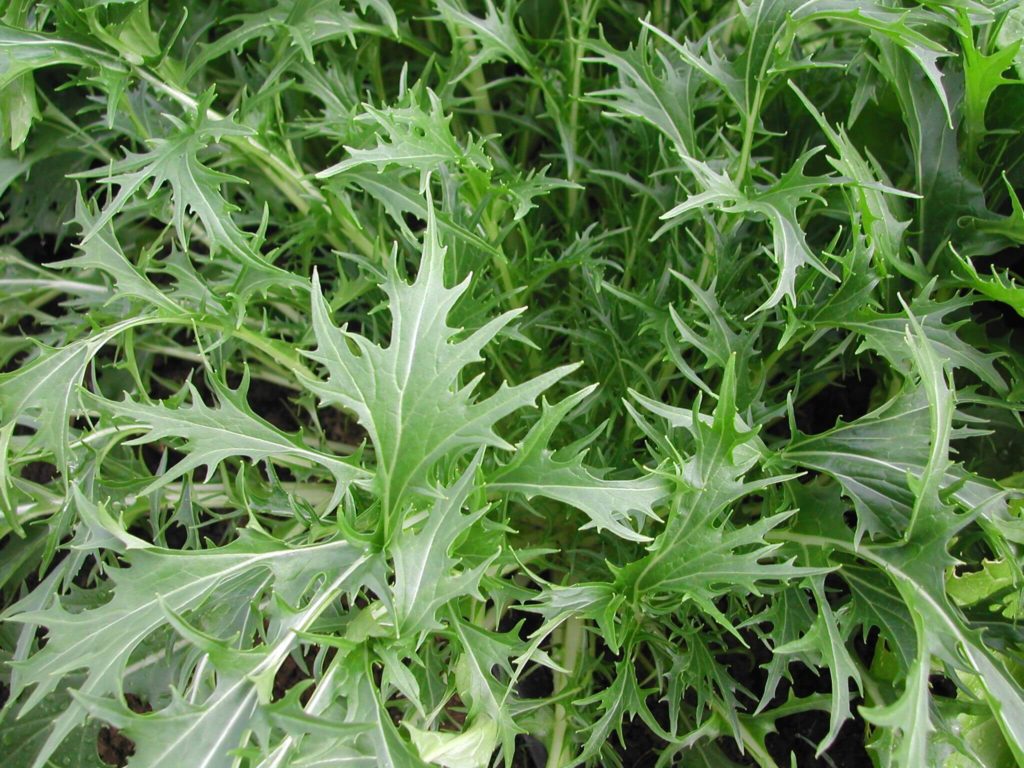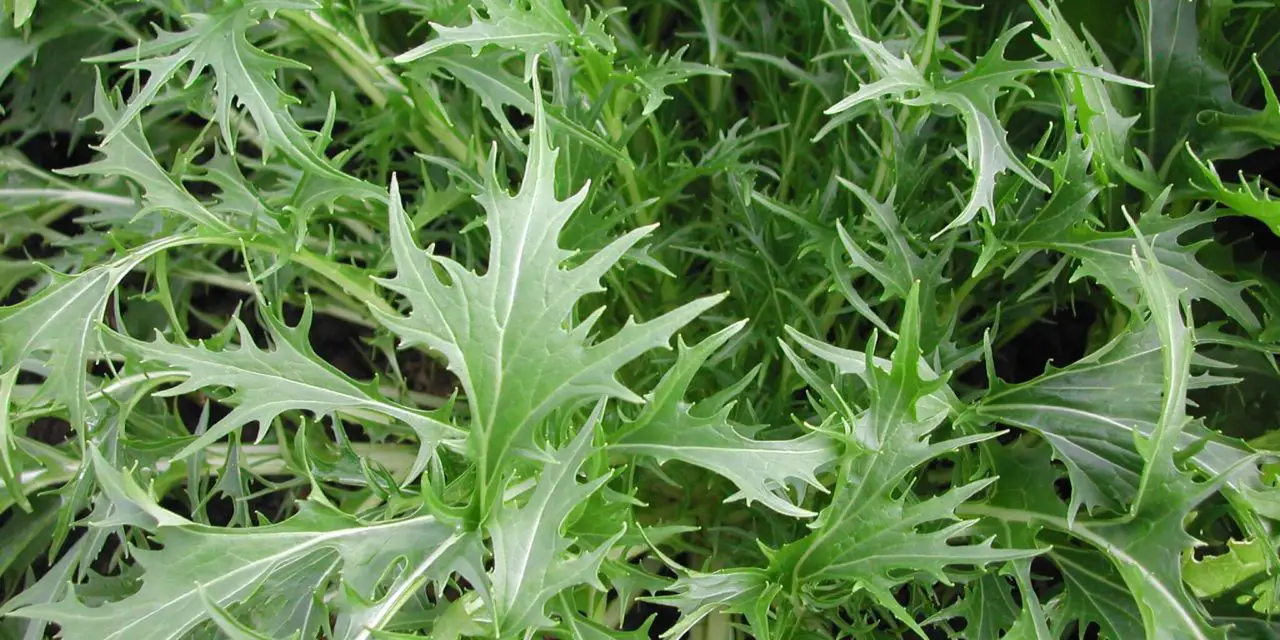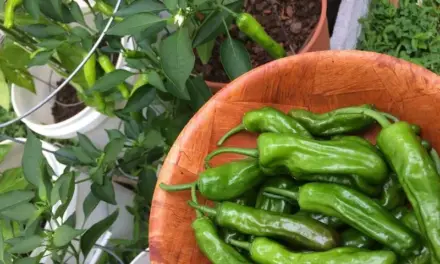You may have never heard of these greens, but we guarantee you've seen them and eaten them…just take a look at the photo below! Recognize them now? Often found in many restaurants and added to salads, mizuna greens are a delicious alternative to lettuce, bok choy, and other greens. This Asian green is part of the mustard family and has been cultivated in Japan for thousands of years. If you're interested inlearning how to grow mizuna greens, keep reading to find out!
As with most Asian greens, mizuna greens make excellent additions to salads as well as stir fries. Part of the Japanese mustard greens, mizuna greens have a mild, peppery taste with green leaves.
How to Grow Mizuna Greens in Your Garden

This Asian green is literally translated to juicy or watery vegetable and is often used in salads as well as stir fry. This dandelion looking vegetable is ideal for cut and grow again harvesting. There are two mizuna varieties: Mizuna Early and Mizuna Purple.
Mizuna Early tolerates both heat and cold temperatures. It's slow to go to seed, and therefore makes an ideal green for a continuous summer harvest.
Mizuna Purple is a variety that is best harvested when the leaves are small, usually after only a month of growth.
In Asian cultures, mizuna is often pickled, while in Western cultures, it is mostly eaten raw in salads.
Growing Mizuna Greens:
- Sow seeds 6-12 weeks before the first frost of fall or in late spring.
- Plant the seeds in moist and well draining soil.
- Loosen the soil to about 12 inches in depth and mix in some manure or compost.
- Plant each seed about 2 inches apart, 1/4 inch deep, and water well after planting.
- Seeds should germinate within a few days, after which, thin the plants to 14 inches apart.
- Water once a week, and be sure to keep soil moist, but not water logged.
Caring for Mizuna Greens:
- Water the leafy greens about once a week, or when soil is no longer moist.
- Mizuna greens prefer moist soil at all times.
- This Asian green also prefers a sunny location, so be sure to place in a south-facing window or a bright room.
- Check the leaves regularly to make sure you're not over-watering – brown, dead leaves are often a sign of too much water.
Now that you know how to grow mizuna greens, it's time to roll up your sleeves and get to planting!
Like this post? Share and Pin 🙂




















